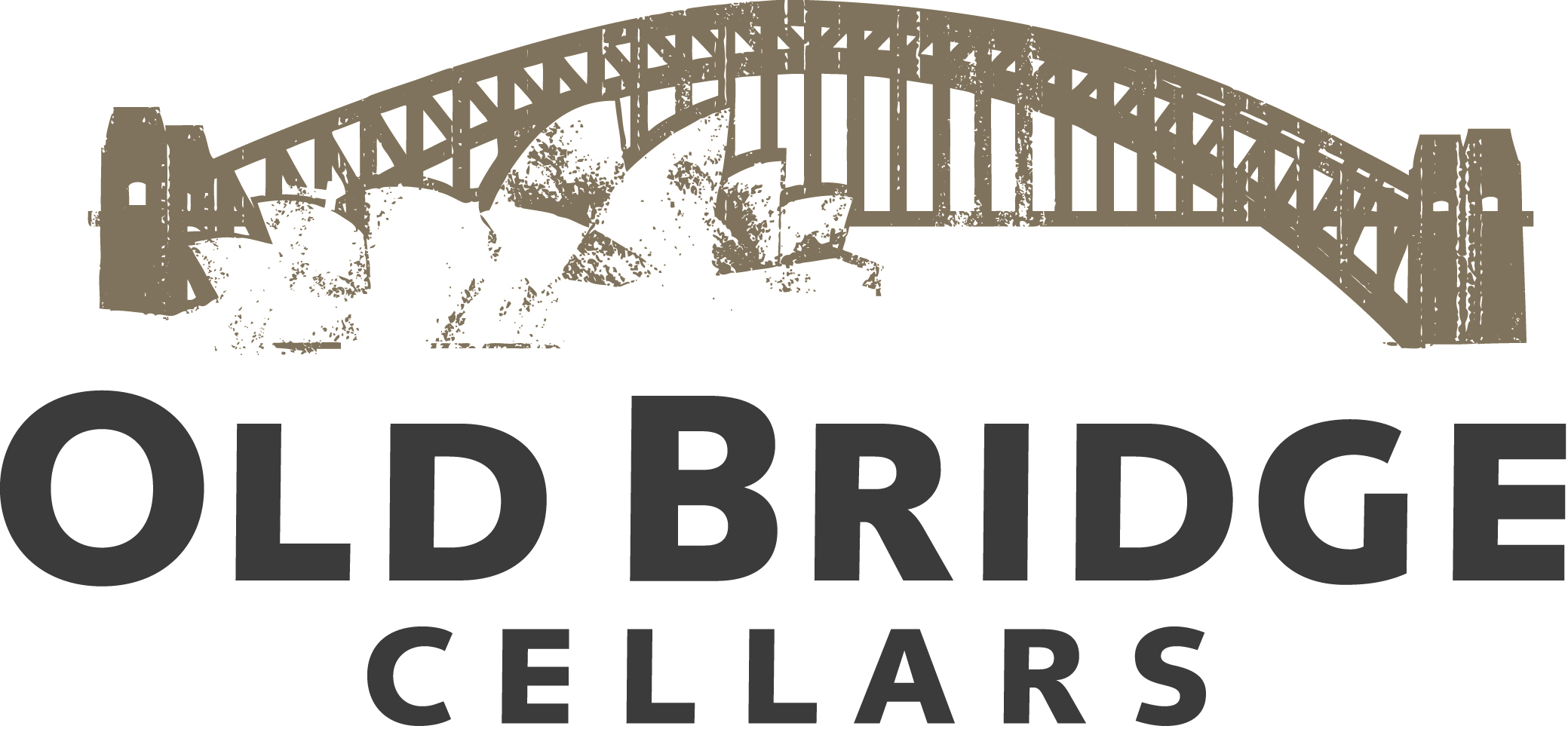Three Reasons to Drink Bordeaux
Why it’s time to give the world’s stodgiest wine region another chance.
Wine Enthusiast
by Joe Czerwinski
February 7, 2014
For centuries, classified Bordeaux was what the upper crust drank: London diarist Samuel Pepys wrote about drinking ‘Ho Bryan’ (Château Haut-Brion) in 1663, our own President Thomas Jefferson enjoyed Château Lafite, and Richard Nixon was known to have his glass filled with Château Margaux.
More recently, it seems the stuff has become the favored tipple of Internet moguls, hedge fund managers and Chinese billionaires. So why should you care?
Simply put, the vast majority of Bordeaux has never been better.
Keep in mind that the wines from the 60 producers of red wine originally designated cru class in 1855 represent a tiny fraction of the world’s biggest wine region (by volume).
What’s left after removing the classified growths from consideration – most of those wines have gotten too expensive for regular consumption – is a vast sea of wine, some good, some bad, most somewhere in between. But lately there’s been more good than bad.
For starters, most of the wines you’ll find in the market right now are from the excellent, superripe 2009 vintage, the more structured but still-ripe 2010 vintage or the charming 2011 vintage.
Second, viticulture and winemaking have improved throughout Bordeaux. Yes, there are still some challenging vintages – 2012 and 2013 come to mind – but for the most part, the days of thin, weedy, harshly tannic wines are past.
Third, the wines are surprisingly affordable. Search Wine Enthusiast’s online Buying Guide, and you’ll find hundreds of wines from the 2009-2012 vintages rated Very Good or Excellent (87-93 points) for less than $40.
Finally, because of their generally refreshing acids, balanced use of oak and moderate alcohol levels, the wines are impressively versatile at the table. No, these aren’t reds to serve alongside Dover sole (what red wines are?), but they can ably partner anything from mild poultry to wild game.
In a world of wine that’s always focused on the latest and the greatest, it’s worth remembering that even a conservative wine region like Bordeaux changes over time. And now is the time to rediscover it.
3 Reasons to Drink Bordeaux Tonight
Merlot is the most commonly planted grape variety in Bordeaux, typically making supple, accessible wines that don’t require cellaring.
Château Carignan (Bordeaux): The 2009 is all suppleness and warmth, while the 2010 shows more structure.
Château Maison Blanche (Médoc): This Merlot-based wine is round and ripe. Superstar oenologist Stéphane Derenoncourt consults.
Château de Sours (Bordeaux): Another approachable wine marked by plenty of ripe fruit and finely balanced oak.
